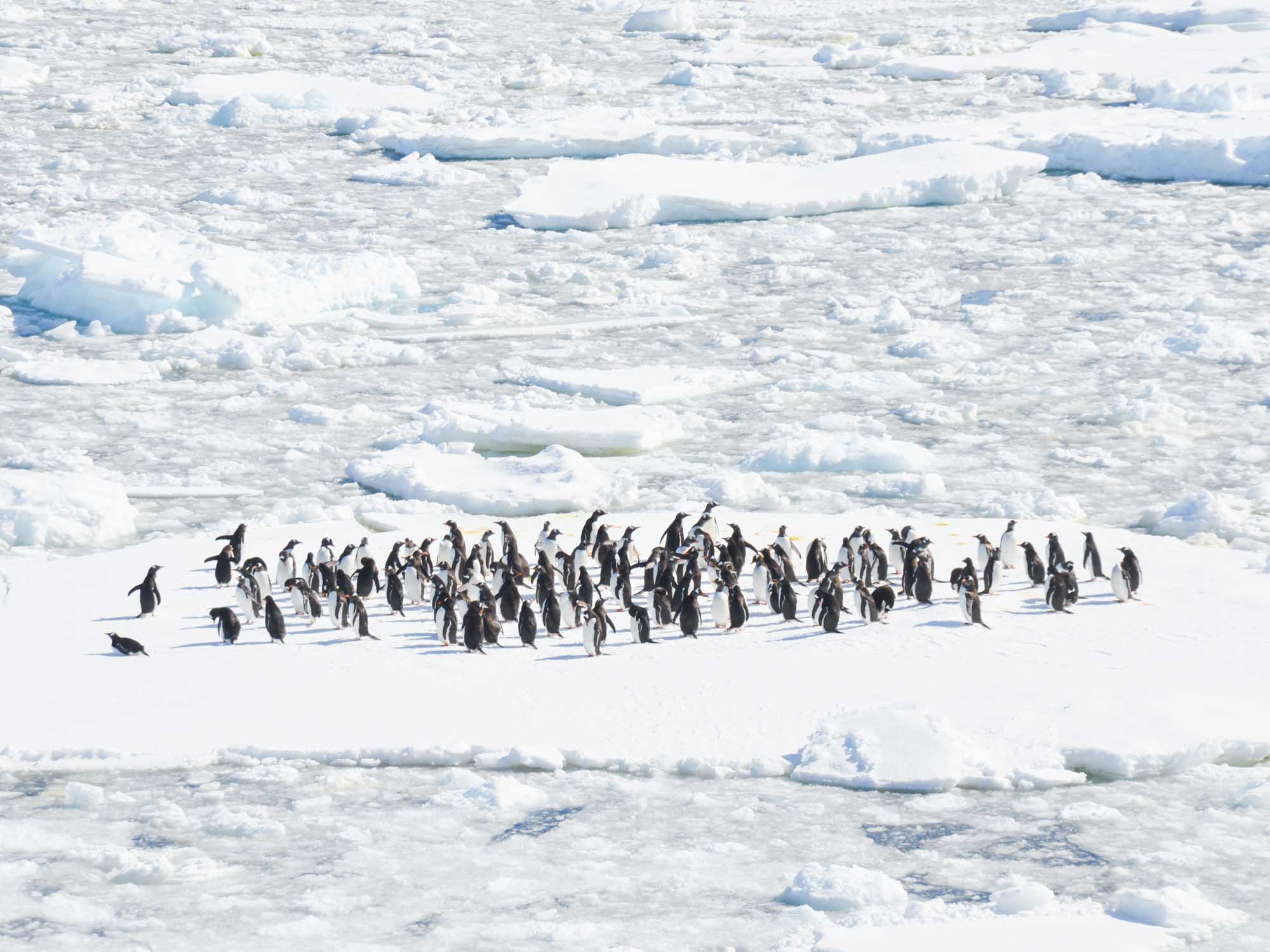When one sprains their ankle or has an aching knee, they might rub a pain gel on the swollen joint – probably diclofenac (Voltaren) – one of the world’s best-selling painkillers. It takes a few years before some of the substance of this gel can be measured in a penguin’s feathers at the South Pole.
Only five percent of the gel, which has little effect, is absorbed by the body. Conversely, 95% of it ends up in rivers and eventually in the world’s oceans when washed down with sewage. According to pharmacologist Christian Peifer at the Anthroposophy Medicine Research Conference, there isn’t a single place on earth where the painkiller isn’t detectable. When our hand circles over our knee, spreading the gel, our knee becomes the whole earth. In India, sacred cows have been treated with diclofenac. When they’ve died, vultures have eaten them, and then the vultures have died from the effects of ingesting the painkiller. Just as poisoning the environment harms humans, so we harm nature when we ingest and release substances foreign to nature. What is referred to as ‹environment› is entirely ‹co-environment›.
Translation Eliza Rozeboom
Photo Danielle Barnes





